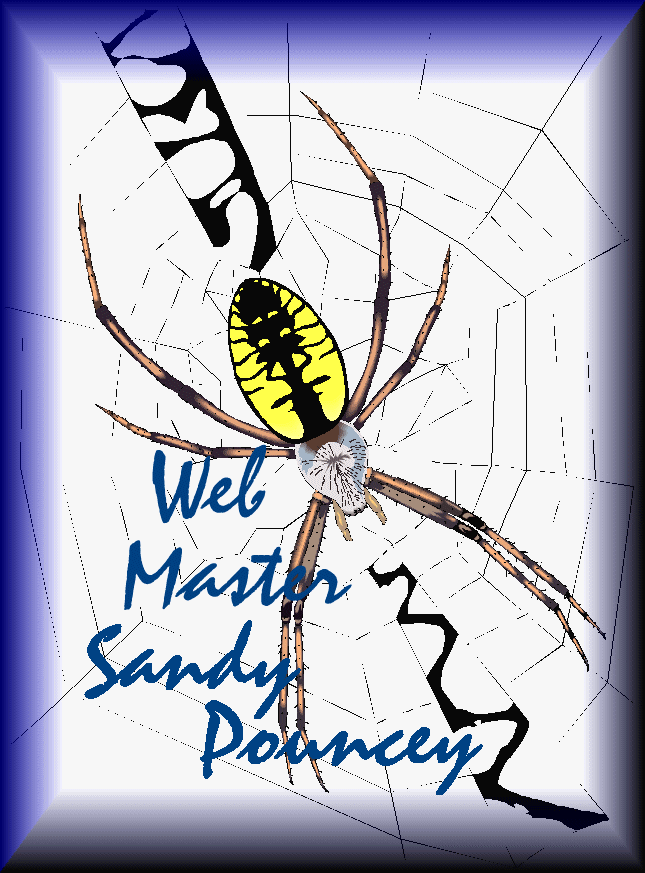Datana contracta occurs from Maine to Florida west to Arkansas and Wisconsin. The caterpillar (Photo 1) is reported to feed on foliage of blueberries, hickories, oaks, sycamore, and witch-hazel. In Alabama, it has been found on water, laurel, and sawtooth oaks.
The life cycle is much the same as that of the yellownecked caterpillar. The species overwinters as a pupa in the soil. Moths emerge in summer-late July and early August in the Auburn area. Females lay eggs in single-layer masses (Photo 2) on the undersurface of leaves. Newly hatched larvae skeletonize (Photo 3); older larvae consume the whole leaf, except for parts of midrib and larger veins.
When first hatched, caterpillars are yellowish with black heads. As larvae grow, coloration and markings change. Early stage larvae have black bodies with yellow longitudinal stripes and black heads with black collars behind (Photo 4, Left) At about mid-stage, longitudinal stripes turn whitish, larval bodies sometimes appear brownish, and evidence of a "yellow neck" begins to appear (Photo 4, Center). In late-stage and full-grown caterpillars (Photo 1, Photo 4, Right, and Photo 5) the body is black, stripes are white, and there is a yellow collar, similar to that of Datana ministra, behind the head. The full-grown caterpillar is about 50 mm long. The body is densely clothed with long white hairs (Photo 5) (D. ministra is less densely clothed). Linear stripes are white; the lowest of the lateral stripes is broader than the others, and distinctly broader than the corresponding stripe (which is usually yellow) on D. ministra larvae (Photo 5).
Infestations encountered have been small and scattered, generally on open-growing shade or ornamental oaks. Defoliation is usually limited to only a few branches; the primary loss is reduction of the aesthetic quality of urban landscape trees.
| [ Notodontidae ] [ Lepidoptera ] [ Foliage Feeders ] [ Crown Insects ] [ Alabama Trees ] |
| To Lacy L. Hyche |
| To Web Publications |
| To Main Page |
All photos courtesy of Lacy L. Hyche
| Any comments on the design of this page can be sent to the |

|